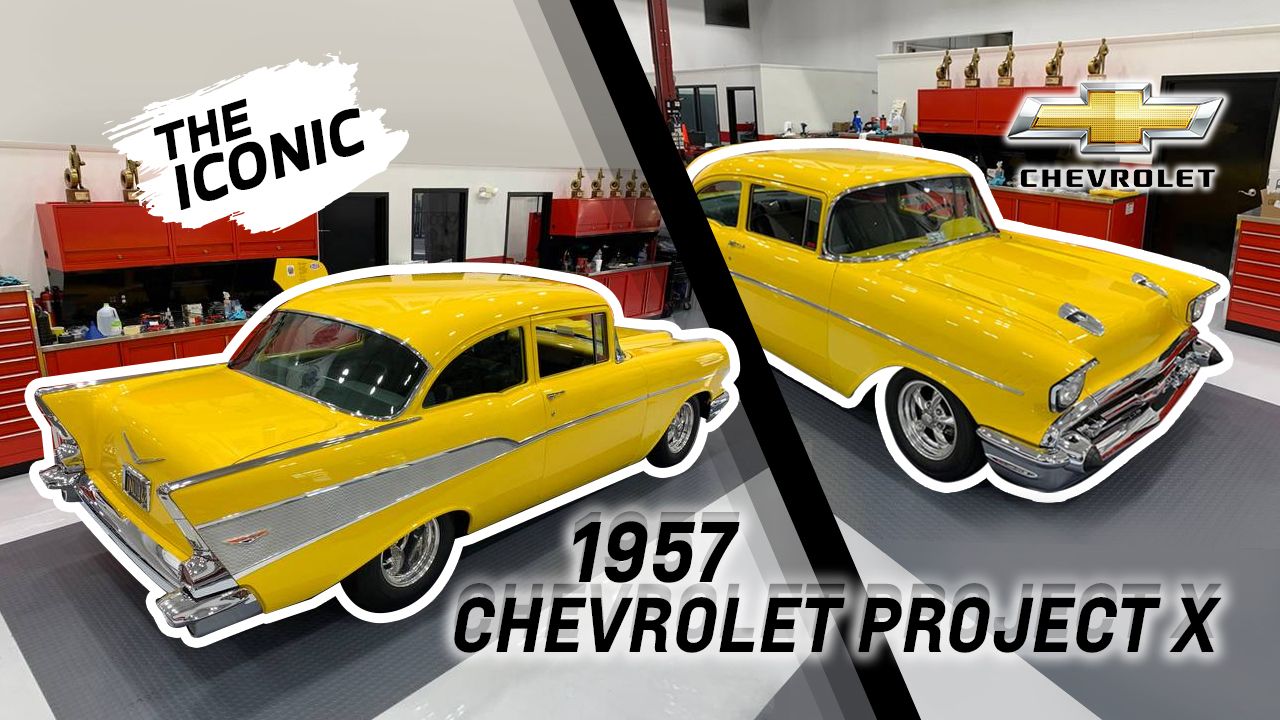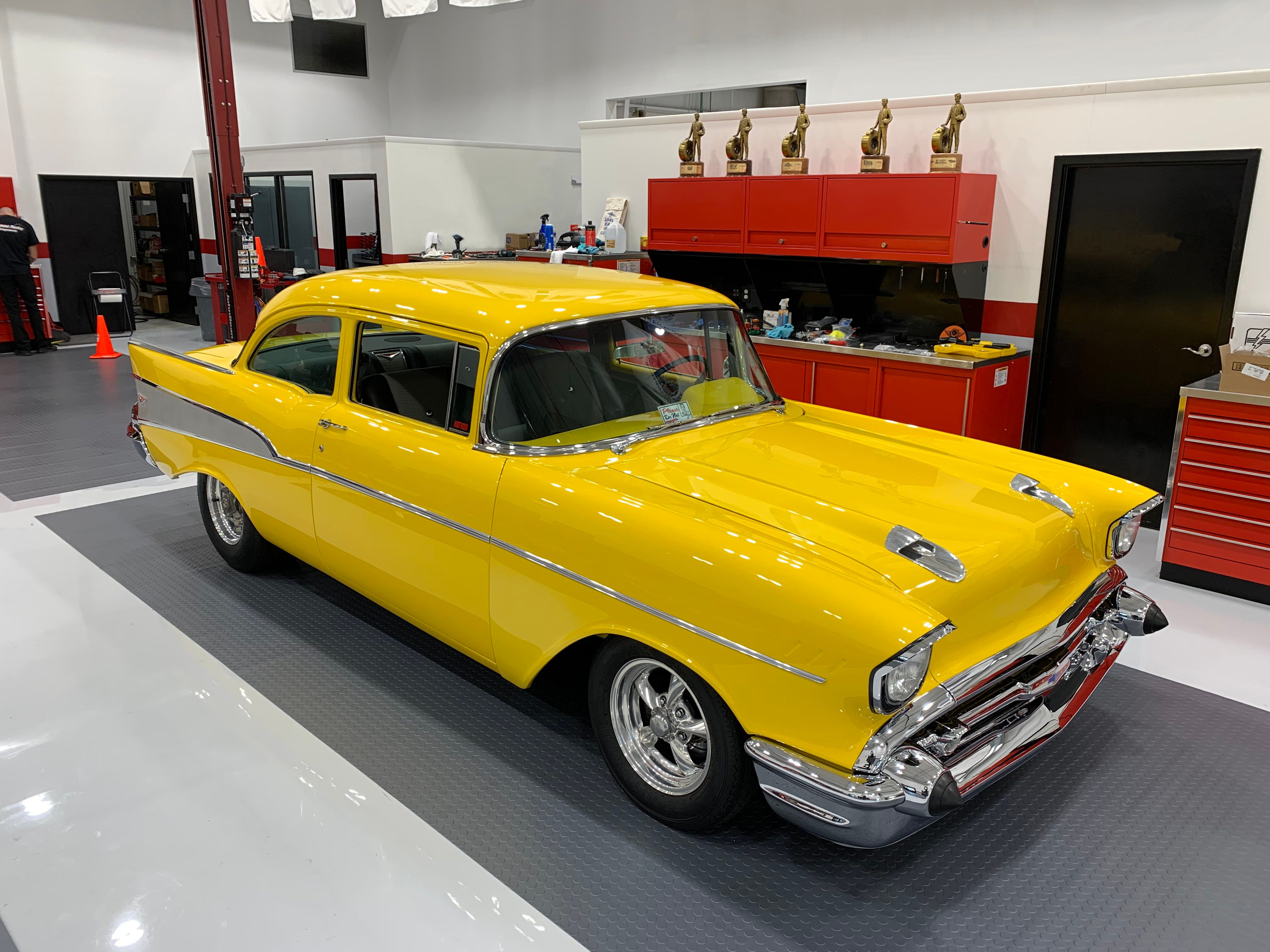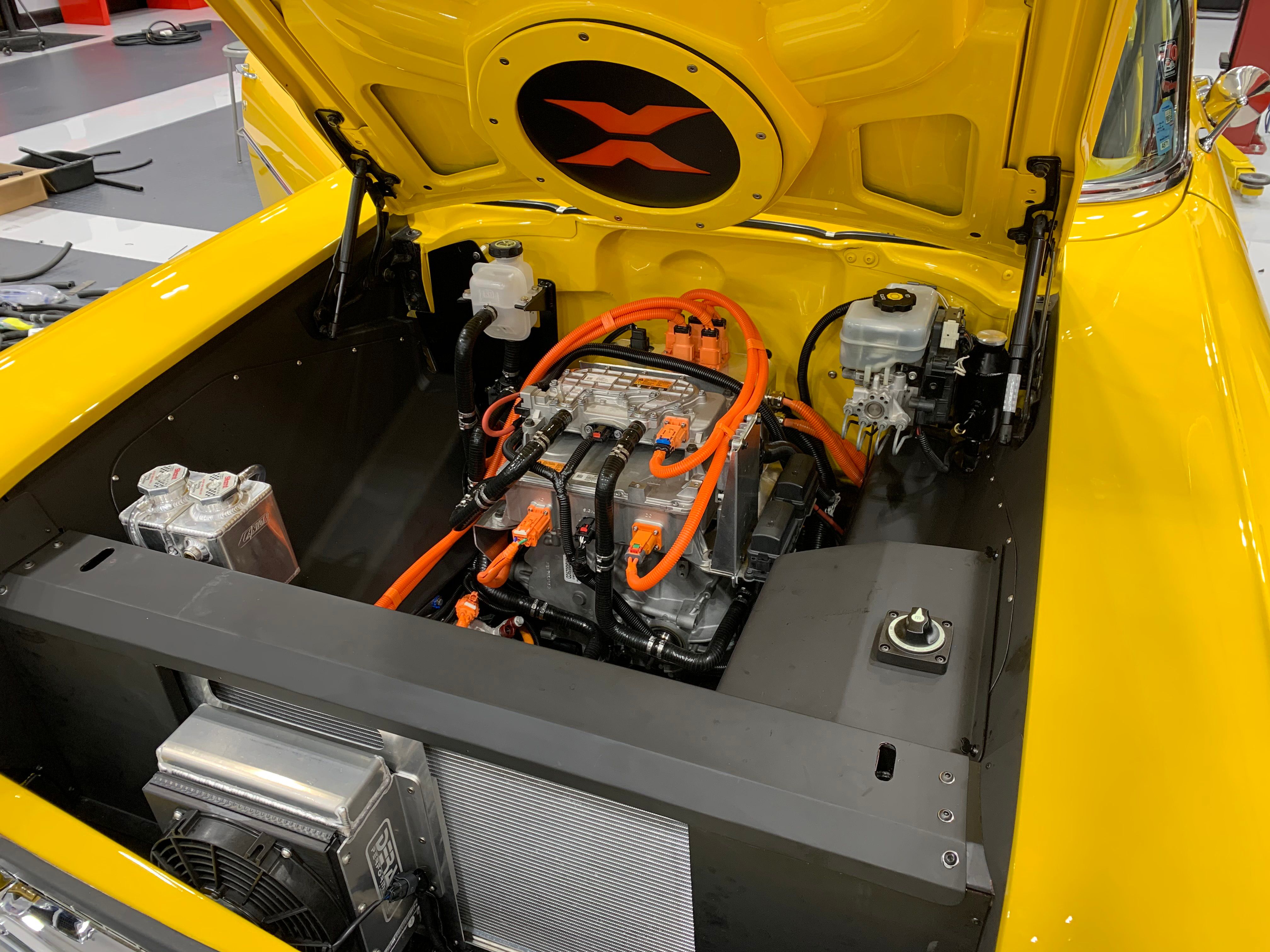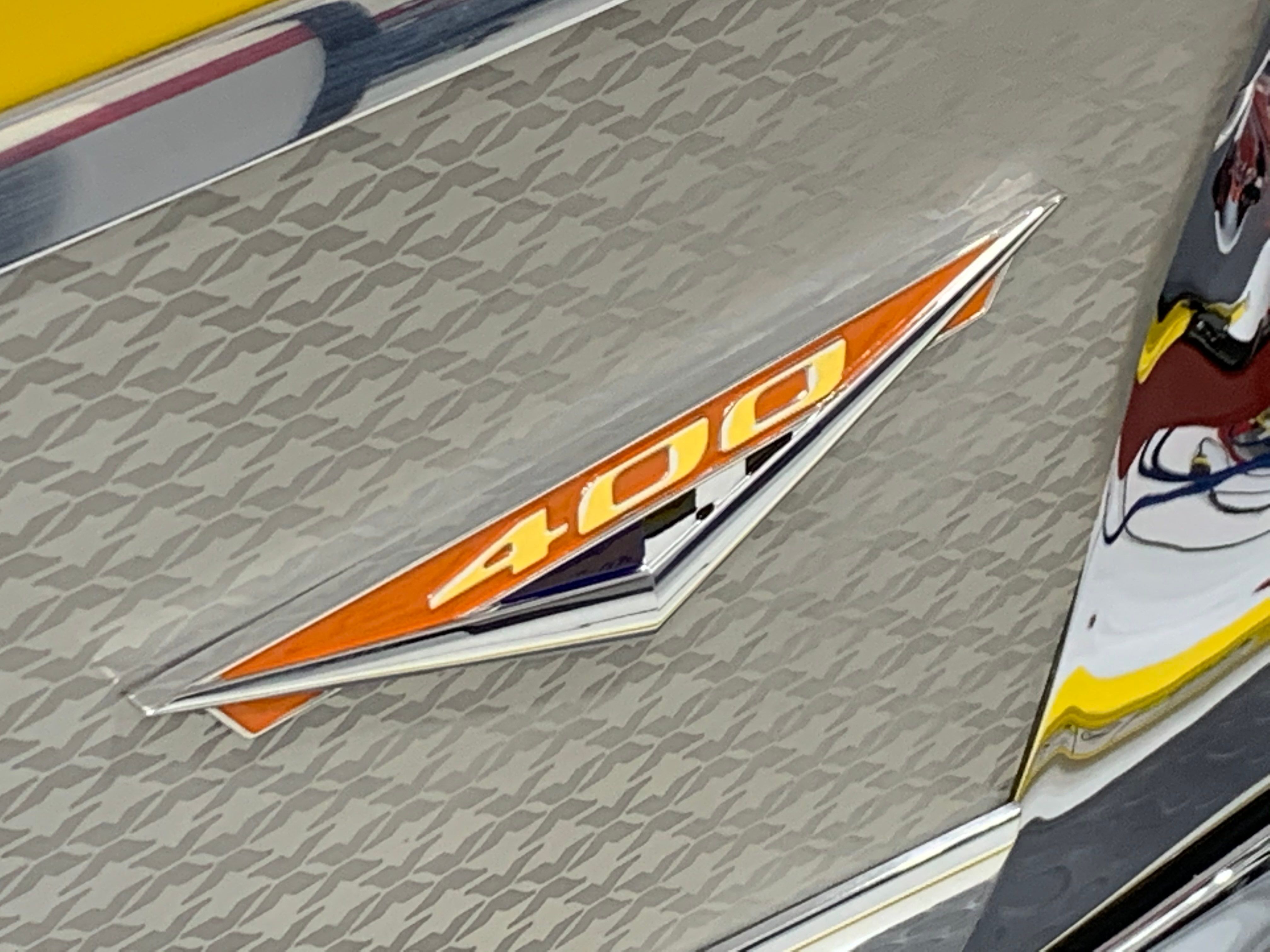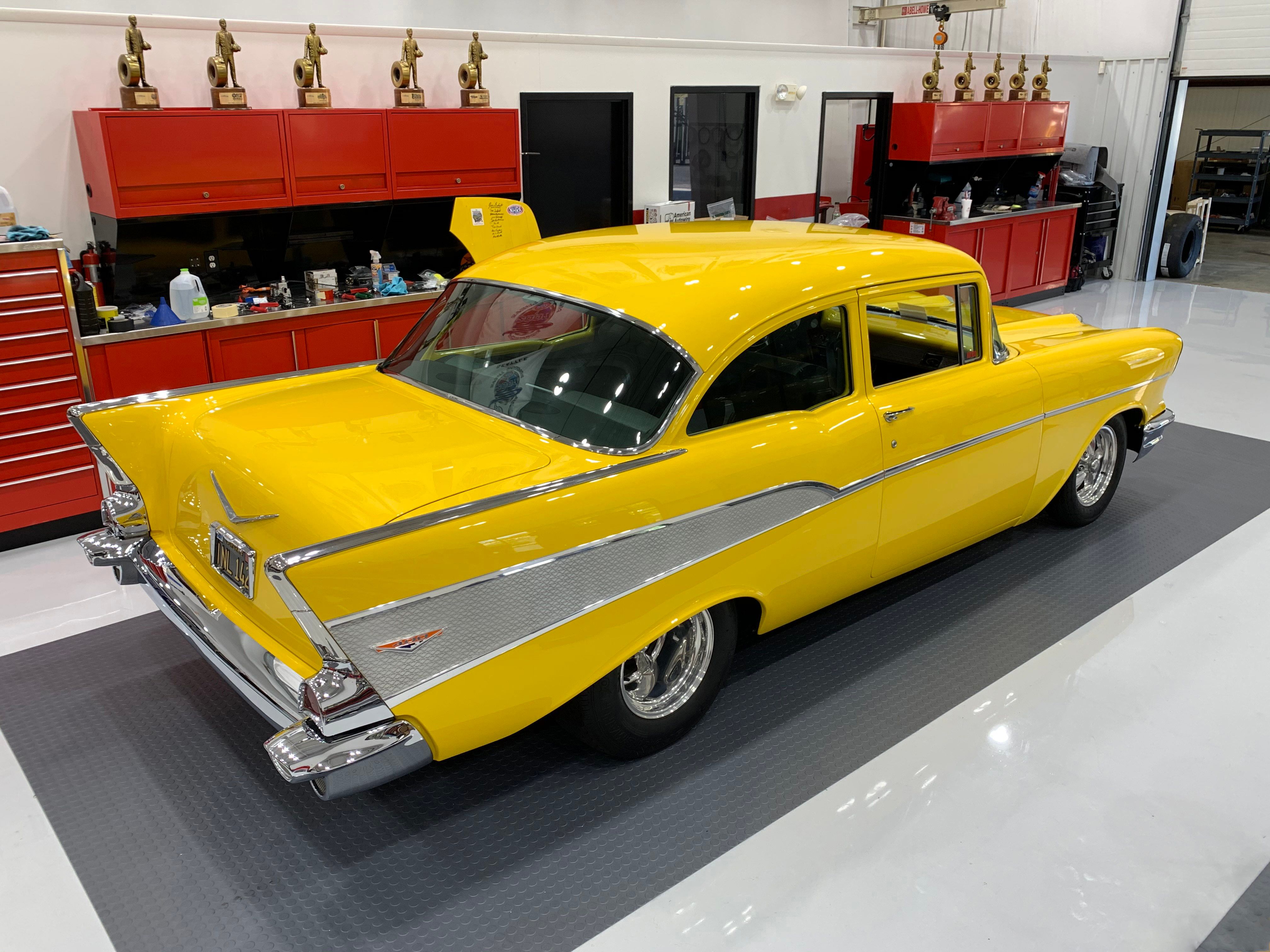Without a doubt, the 2021 SEMA Show introduces some interesting ideas of what the future of modified cars could look like. It seems that, for better or worse, electrification will play a major role in future builds, as demand for crate electric motors is at its highest. Among the many SEMA entries, this year is a 1957 Chevrolet, dubbed Project X.
The unlikely Hot Rod is a collaboration between Chevrolet Performance, MotorTrend, and Cagnazzi Racing. The idea behind it is to prove that “the electric future of driving doesn’t require leaving the past behind”. The 1957 Chevy was bought for $250, back in 1965 and has served as a testbed for more than five decades, as editors from MotorTrend’s Hot Rod used it to test new products, technologies, and trends.
Douglas Glad, group content director, MotorTrend Group said that “Project X has always served the car community by pushing the envelope with groundbreaking technologies. As the auto industry shifts rapidly toward electric vehicles, this Project X build is just the latest in its celebrated legacy of adapting hot rodding to the powerful technology of tomorrow”.
Over the years, the classic American coupe has been powered by a variety of different powertrains, including inline-sixes and a bunch of V-8 engines that have been carbureted, fuel-injected, and supercharged. Thanks to Cagnazzi Racing, the latest incarnation of the 1957 Chevy has dropped the supercharged LSX V-8 for an electric setup that makes 340 horsepower (253 kilowatts) and 330 pound-feet (447 Nm).
While the ditching of the LSX V-8 might, initially, put off a lot of enthusiasts, Prashant Ahire – eCrate regional chief engineer says “The reinvention of Project X is a reminder that our vision for a world with zero emissions includes classics like the Tri-Five Chevys. As General Motors rolls out its trailblazing EV technology, Chevrolet Performance plans to offer EV propulsion solutions for enthusiasts looking to modernize their project cars”.
We have already seen a strong current of iconic classic cars, reimagined as EVs, while retaining the classic aesthetics. Among them are the Porsche 964 by Everrati, Alfa Romeo Giulia Totem Electric GT, or Ferrari 308 GTE by Electric GT. And while the current demand for electric crate motors speaks louder than any words, it remains to be seen whether or not the trend will last.
As for the 1957 Chevy’s energy source, that comes from a 400-volt proof-of-concept lithium-ion battery stores 30 kilowatt-hours of electricity. While not very impressive, this provides enough range for a weekend cruise. The battery pack is being evaluated for potential use as a next-generation Chevrolet Performance product and is based around a modular concept that allows customers to scale the battery pack capacity, based on their needs – range, price, packaging, and weight.
On top of that, the concept features a quick-change differential that allows for an adjustable final drive, depending on needs. A shorter final drive improves acceleration, while a taller gear favors range.
As part of the EV conversion, Cagnazzi Racing had to switch to an electric brake booster and electrohydraulic power steering. But not everything on Project X was installed recently. Although modified, the front suspension, which comes from a C6 Corvette was installed back in 2007. Since EVs do not need exhaust systems, the 57’ Chevy has been lowered by about 2.0 inches (50.8 mm).
Last but not least, the front and rear springs have been softened up a bit, in response to the change in weight distribution. Unlike the previous powertrain, the electric setup puts more weight on the rear axle of the car.
The people at Cagnazzi Racing have deep roots in internal combustion racing engines, but still, acknowledge electrification as the next step in hot-rodding. With Project X, the goal was “to maintain the look and integrity of the classic hot rod, while modernizing the propulsion technology”. This particular 1957 Chevrolet has worn the same aesthetics for decades, which in itself is a great homage to classic hot rods.

